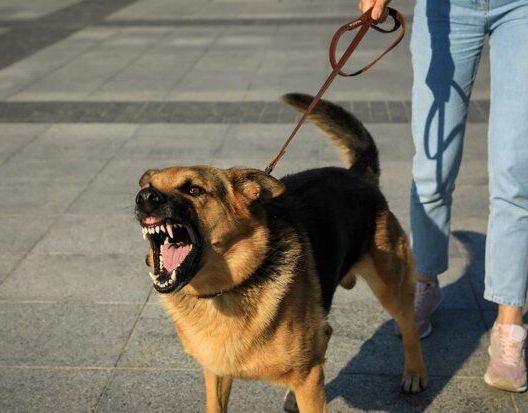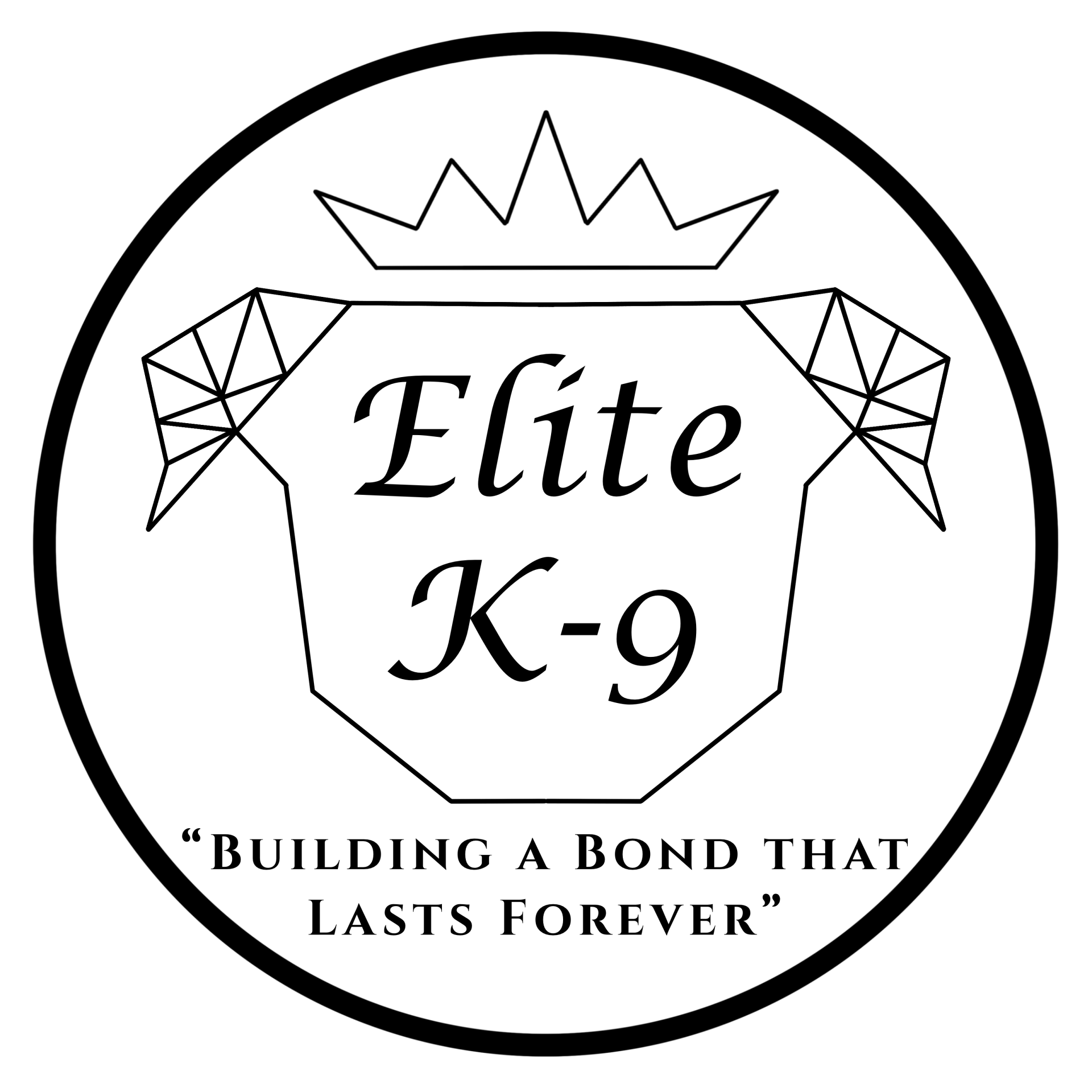Proper Foods: Dog Training Corpus Christi
The activity level of your dog plays a significant role in determining its caloric needs and nutrient requirements. Working breeds or highly active dogs such as Border Collies or German Shepherds need diets rich in high-quality proteins and fats to sustain their energy levels and support muscle recovery. Conversely, sedentary breeds or dogs with lower activity levels may require fewer calories and a balanced diet to prevent weight gain and maintain optimal health. Certain breeds are predisposed to specific health conditions, such as hip dysplasia in large breeds or dental issues in brachycephalic breeds. Tailoring your dog's diet to address these concerns can help mitigate risks and promote overall well-being. Additionally, some breeds may have food sensitivities or allergies, necessitating a diet free from common allergens such as grains or certain proteins. Consulting with your veterinarian can help identify any dietary restrictions or special considerations for your breed.
When selecting a dog food for your breed, consider factors such as ingredient quality, nutrient content, and
Understanding The 7 Types of Dog Aggression
Predatory Aggression. This type of aggression is a natural behavior for dogs and is rooted in their instinctual hunting drive. This behavior can be mistaken for playful chasing behavior and is generally directed towards smaller animals or moving objects. Training methods include impulse control exercises and strong recall commands.
A dog suffering from a painful condition, infection, or any ailment may react aggressively with minimal warning, even though your intentions are caring. It is important for the owner to be aware of the potential for pain-induced aggression and choose training methods and equipment that help to prioritize the dog’s comfort and well-being.
Frustration-Elicited Aggression occurs when a dog becomes excited by a stimulus but is prevented from approaching or interacting with it. The method of restraint can cause the dog to display aggressive behavior towards the person or object holding them back.
Redirected Aggression occurs when a dog shows aggression but is unable to direct its response towards the original object or person that triggered it. For example, a dog may be aroused by another animal, but you as the owner interferes thus causing the dog to shift its focus and aggression towards you.
Possessive Aggression is commonly referred to as resource guarding. Many dogs exhibit this instinctive behavior by protecting their possession from perceived threats. This protective aggression can manifest even when there is no apparent need for the dog to guard their belongings. In short, the dog values the protection of something they deem valuable and it displays itself in the form of territorial aggression.


